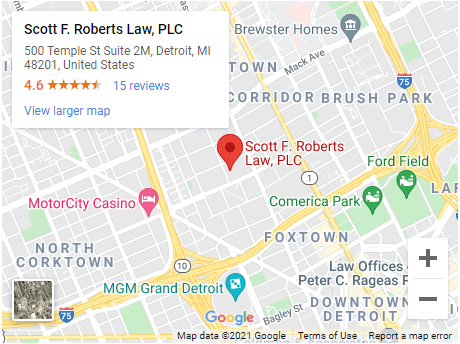Michigan’s two marijuana licensing statutes—the Medical Marihuana Facilities Licensing Act (“MMFLA”) and Michigan Regulation and Taxation of Marihuana Act (“MRTMA”) place limits on the number of plants a licensed grower can cultivate. This is in contrast to most other states that limit cannabis cultivators by total canopy size rather than number of plants and is the reason why Michigan grower’s tend to cultivate plants differently than in other states.
Generally speaking, MMFLA licensed cannabis cultivators grow bigger plants than licensed growers outside of Michigan since Michigan growers are focused on maximizing their yield per plant, as opposed to out of state growers that focus on yield per square foot or yield per watt of energy.
Since all legal Michigan cannabis growers are limited by their “plant count”, it’s important to know exactly what constitutes a “plant” for purposes of the MMFLA and MRTMA. Here, it is important to note that Michigan law differentiates between a “mature” and “immature” plant. An immature plant is defined by the MMFLA Rules as a nonflowering marijuana plant produced from a cutting or seedling that is no taller than 8 inches, no wider than 8 inches, and that is in a growing medium or growing container. Conversely, a mature marijuana plant is a plant that has taken root and is taller or wider than 8 inches.
Both mature and immature plants count against a Michigan cannabis grower’s plant count, though immature plants do not yet need to be individually METRC tagged, unlike mature plants. Turning back to our original question, the MMFLA defines a “plant” as any living organism that produces its own food through photosynthesis and has observable root formation, though this begs the question—at what point does a marijuana seedling or clone meet this definition?
Seedlings
A marijuana plant has 4 main points during its growth cycle: seed germination, seed growth, vegetation and flowering. During the seed germination and growth periods the seed is exposed to heat, light and moisture and the seed slowly starts to open and reveal seed leaves. Once sprouted, the seedling is considered an immature plant under Michigan law.
As noted above, while immature plants do not need individual METRC tags, they still count against a Michigan licensed grower’s plant count and must be accounted for in the statewide monitoring system in batches of no more than one hundred plants. Moreover, once the plant has grown to be greater than 8 inches tall or 8 inches wide it must be marked as an individual plant in METRC and entered into the statewide monitoring as such.
Clones
Clones or “cuttings” are typically cut from plants during their vegetative stage. This means the plant the cutting is coming from has its own root system and is considered a plant, but at what point does the cutting become a plant for plant count purposes?
According to the Marijuana Regulatory Agency, or MRA, a cutting is not counted against a Michigan licensed cannabis grower’s plant count until the clone or cutting is put into a growing medium and the cutting starts to take root. Prior to this time, a cutting is not considered a plant for purposes of a grower’s plant count.
Conclusion
When purchasing genetics or creating new clones from a mother plant, it is important to know at what stage your plant is considered a “plant” under the MMFLA and MRTMA since going over your plant count could lead to regulatory action against your cannabis company. This question is especially important for small plant count growers like the MRTMA Class A grower’s license, which only allows 100 plants, or the MRTMA microbusiness license , which allows 150 plants.




